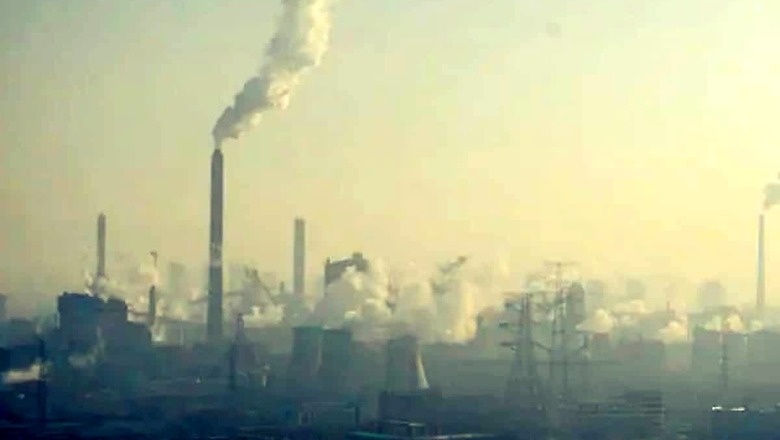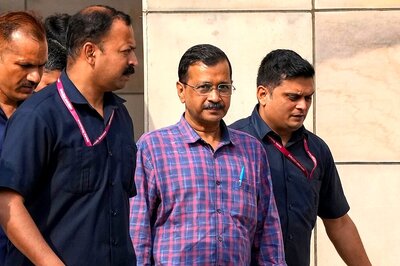
views
India, home to nine of the ten most polluted global cities, is well on course to exceed the emission targets under the 2015 Paris agreement and there could be USD 401 billion worth capital expenditure towards a green future between 2015 and 2030 period, says a report. In the report on Tuesday, Bank of America Securities also said that there are seven major drivers for the change, including the push to cut diesel intake, increase natural gas and renewable energy, stricter emission norms, cleaning up Ganga river and better energy efficiency.
“Between 2015 and 2030, India could drive USD 401 billion in capex towards a green future, gain 106 GW in energy savings by adopting renewals, and reduce C02 by 1.1 billion tonne per annum, helping her exceed the 2015 Paris agreement,” the report said. India is among the most polluted globally, across air/ water and noise pollution. it noted.
According to a World Bank estimate, it lost 8.5 per cent of GDP in 2013 to air pollution alone. “Common perception is that India isn’t doing enough, but we see the 2015 Paris agreement as the inflection point, where India committed to cut the green house gas emissions intensity of its GDP by 33-35 per cent over the 2005 levels by 2030.
“And the progress so far suggests India could exceed target and may even step-up these targets over time. This aligns the country with large global economies, aiming to be carbon neutral by 2050 such the US, Japan, Britain, the EU and South Korea, and China by 2060,” the report said. India is the third largest emitter of CO2/ NOx and is home to nine of the 10 most polluted cities globally, it noted.
Under the Paris climate change agreement signed in 2015, India has committed to cut GHG (Green House Gas) emissions intensity of its GDP by 33-35 per cent, increase non-fossil fuel power capacity to 40 per cent from 28 per cent in 2015, add carbon sink of 2.5-3 billion tonne CO2 per annum by increasing the forest cover, all by 2030. Since then, the country has introduced several pollution control norms similar to the inflection seen in Britain, the US and China in 1950s, 1970s and early 2000s, respectively.
The country is also the first/ fastest in curbing pollution with the pace of pollution control now being better than global average in areas like the leap to Euro 6 emission norms from Euro 4 in three years as against 5-10 years that the EU, China, Hong Kong and Singapore took, the report said. On the renewables front, the country is adding the largest solar capacity in the world, has one of the most stringent pollution norms for gensets and energy efficiency for air conditioners.
“All this along with the present policy of meeting most pollution norms without waivers/ extensions, will help India meet most of the Paris targets before 2030,” the report said. Further, the report said there are seven themes playing out as India fights its pollution war.
They include “cut in diesel use for cars/ pumps/ rail locos; natural gas intake at 15 per cent energy mix by 2030 from 6 per cent now; 450 GW renewable capacity by 2030 up from 90 GW now; stringent pollution norms for autos, coal power/ back-up power; the clean Ganga initiative”. Other themes are “energy efficiency step-up for lights, fans, pumps, consumer durables, power plants, mobility, packaging, waste management; and as many as over 110 companies driving towards net zero emission,” it added.
The report also said the pollution theme will impact as many as 111 stocks with cumulative market cap of USD 1.3 trillion.
Read all the Latest News, Breaking News and Coronavirus News here


















Comments
0 comment